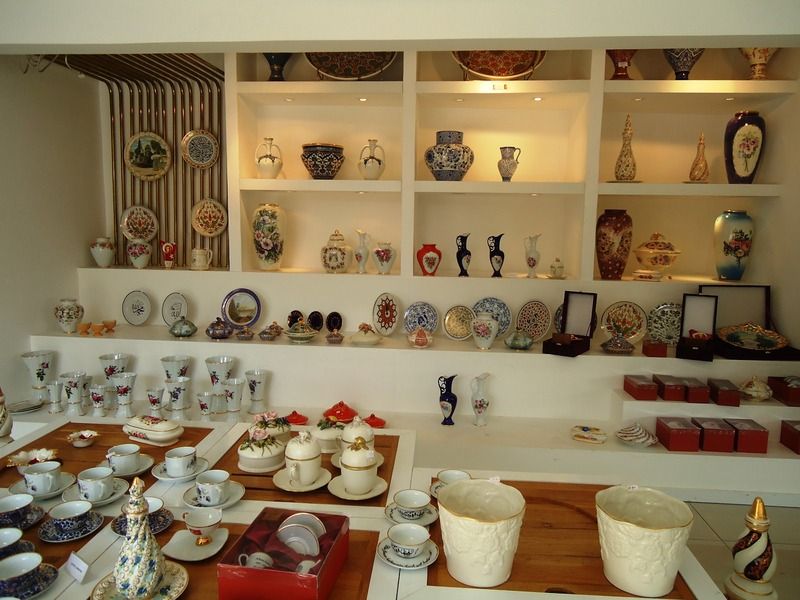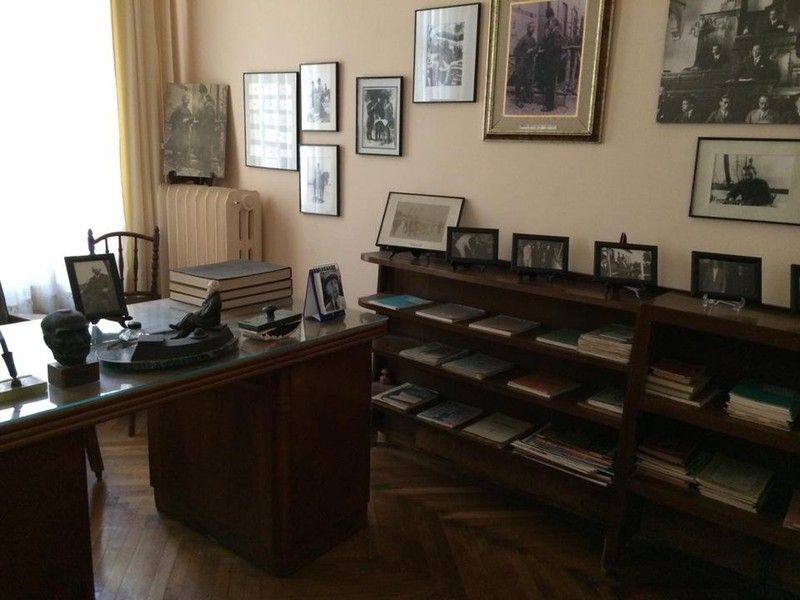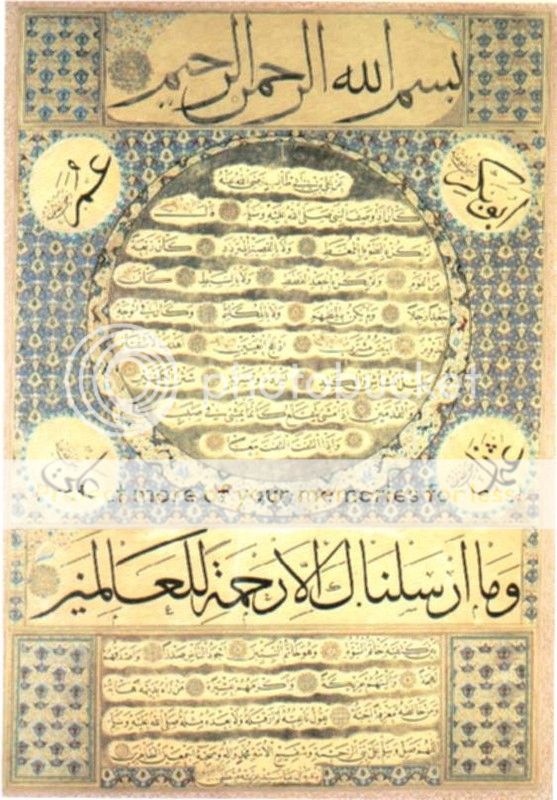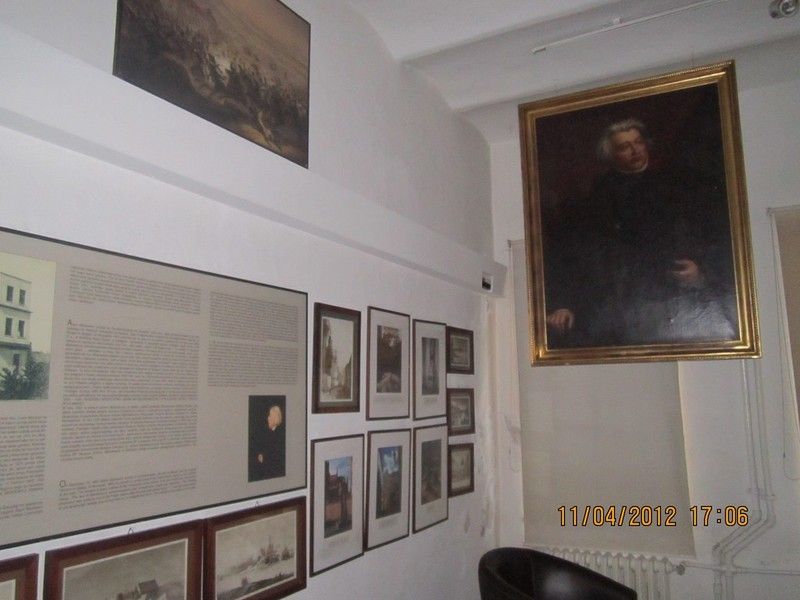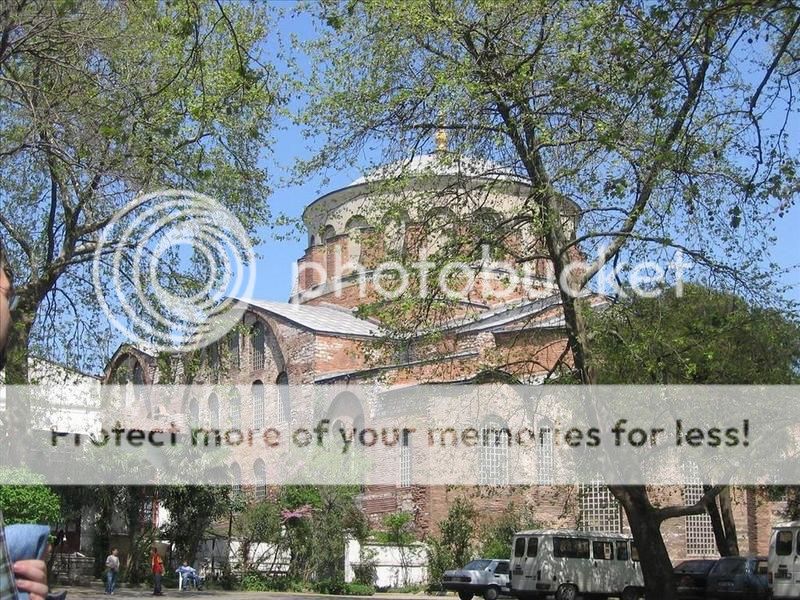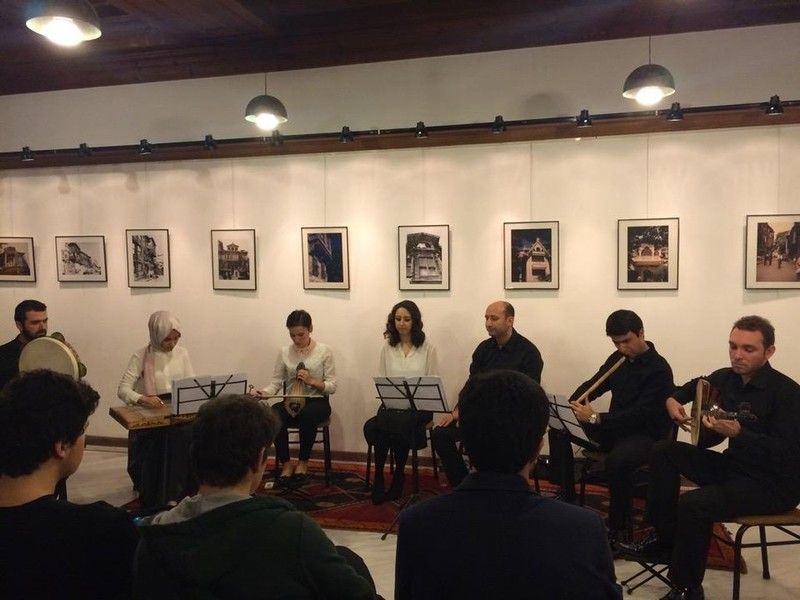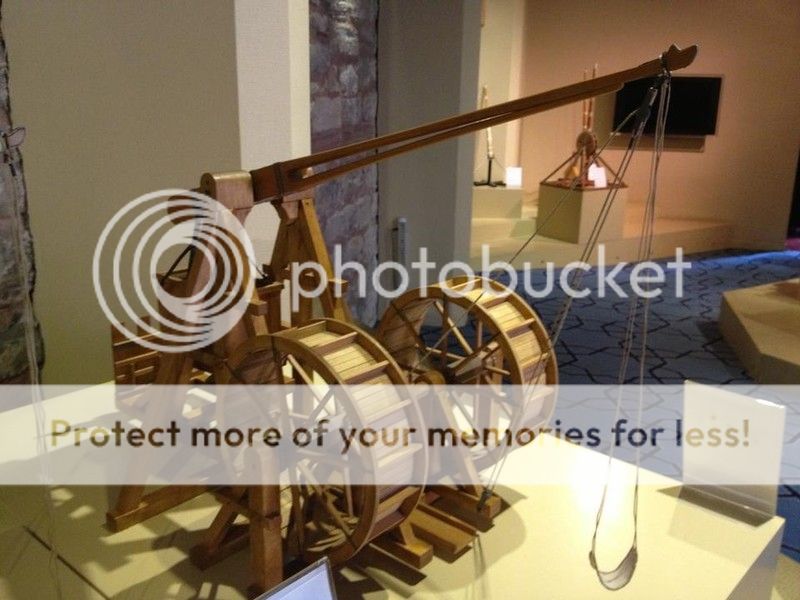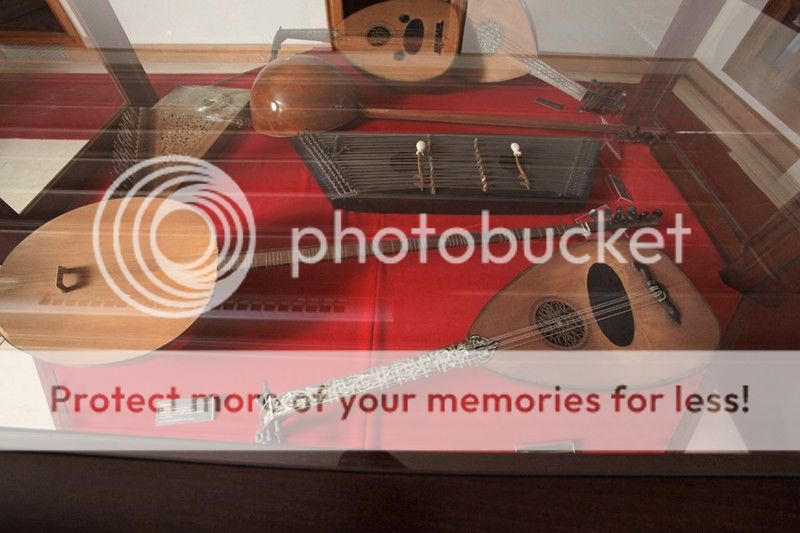GPS : 41°00'15.2"N 28°58'38.8"E / 41.004231, 28.977445

PHOTOGRAPHS ALBUM
The Museum of Great Palace Mosaics is located in Arasta Bazaar within the Sultanahmet Mosque compound. The museum constituted in such a way that containing the mosaic pavement partially intact in the northeast section of the arcaded yard of the Great Palace of East-Roman period is an organizational unit of Hagia Sophia Museum.
Mosaics exhibited in the Museum of Great Palace Mosaics which have been dated to AD 450-550 are magnificent in terms of both art and wealth of portrayal scenes. Only a part of 180 m2 of the mosaic area which had been prepared by numerous master artists led by the prominent masters of the day is revealed. The average dimension of mosaic stones is 5 mm and they consist of limestone, earthenware and colored stones.
Portrayals are "Opus vermiculatum" and placed in between marble pieces. As for the white marble sections on the background, "fish scale technique" has been applied. In addition, the surroundings of the portrayals forming the mosaic are bordered by contours.
There are no religious themes in mosaics. Instead, daily life, nature and mythology are examined. Some of these scenes are lizard eating gryphon, elephant and lion fight, lactation of mare, goose herding children, goat milking man, a child feeding his donkey, a young girl carrying a pot, apple eating bears, and fight of hunter and tiger. The Museum of Great Palace Mosaics had been bonded to Archeology Museums of İstanbul in 1953, while it has been is an organizational unit of the directorate of Hagia Sophia Museum.
The Mosaic Museum of Istanbul hosts a collection of archeological discovers at the Great Palace of Constantinople. The mosaics were first discovered in 1933, during some excavations that took place on a site identified as the floor of a peristyle courtyard of the Great Palace. (under what is now the Arasta Bazaar). Later in the 1950's other mosaics were found and the museum was built near the site.
The museum hosts the mosaics used to decorate the pavement of a peristyle court, dating possibly to the reign of Byzantine emperor Justinian I (r. 527-565). It was uncovered by British archaeologists from the University of St Andrews in Scotland during extensive excavations at the Arasta Bazaar in Sultan Ahmet Square in 1935-1938 and 1951-1954. The museum has informative panels documenting the floor's history, rescue and renovation.
The area formed part of the south-western Great Palace, and the excavations discovered a large peristyle courtyard, with a surface of 1872 m2, entirely decorated with mosaics. It was at this point that the Austrian Academy of Sciences, supervised by Prof. Dr. Werner Jobst, undertook to study and preserve the famous palace mosaic and to carry out additional archeological examinations (1983-1997) within the scope of a cooperative project with the Directorate General of Monuments and Museums in Turkey.
When archaeologists from the University of Ankara and the University of St Andrews (Scotland) excavated around the Arasta Bazaar at the rear of the Blue Mosque in the 1930s and 1950s, they uncovered a stunning mosaic pavement featuring hunting and mythological scenes. Dating from early Byzantine times, it was restored from 1983 to 1997 and is now preserved in this museum. Thought to have been added by Justinian to the Great Palace of Byzantium, the pavement is estimated to have measured from 3500 to 4000 sq m in its original form.
The 250 sq m that is preserved here is the largest discovered remnant - the rest has been destroyed or remains buried underneath the Blue Mosque and surrounding shops and hotels. The pavement is filled with bucolic imagery and has a gorgeous ribbon border with heart-shaped leaves. In the westernmost room is the most colourful and dramatic picture, that of two men in leggings carrying spears and holding off a raging tiger.
This museum is situated just off Sultanahmet Square and houses the mosaics uncovered from the remains of the Great Palace of Constantinople, which was originally built in 328 as a counterpart for the Palatine Palace in Rome and re-done during the reign of Byzantine emperor Justinian I in around 550 (just before the incredible achievement that was the building of the Hagia Sophia). The museum is situated near the palace itself, and the mosaics, which formed the peristyle courtyard, were unearthed beside the Arasta Bazaar in the 1930s and 1950s.
The mosaics are reproduced in the museum in the form that they would have appeared in the courtyard. They are made up of an estimated 80 million tesserae of colored glass, brick, limestone, and semi-precious stone. The pictures depicted on the mosaics are mostly of everyday Byzantine life (hunters spearing a tiger, monkeys catching birds, children herding ducks, and a man milking a goat, among other things).
Most interestingly, there is a scene depicting children playing with a hoop, wearing green and blue colors that are thought to evoke the famous “Greens and Blues” of the racing chariot teams at the Hippodrome. Eastern Roman mosaics dating back a millennium-and-a-half are set to get their first touch-up in almost three decades at the Istanbul Restoration and Conservation Laboratory to give them a more modern look.
“As part of a new project, there are plans for a new display at the [Great Palace Mosaic] Museum. As such, the mosaics should be restored again because the former restoration was carried out with the methods of the 1950s,” said Istanbul Restoration and Conservation Laboratory Director Ali Osman Avşar. The mosaics were unearthed from the ground of the Great Palace in 1932. Hayrullah Cengiz, director of the Hagia Sophia Museum, which is affiliated with the Great Palace Mosaics Museum, said the palace mosaics were the only artifacts that had been unearthed from the area and taken under protection.
“As the years have passed, we see that the museum building has become old. We have prepared a building survey and restoration project for the museum. It has been approved by the relevant institutes. When the project is finished, it will be a better museum than its current situation,” Cengiz said. Every year, nearly 100,000 tourists visit the museum, which was opened in 1987, Cengiz said, noting that the facility would be closed to visits during the restoration process.
Avşar said the mosaics were unearthed during excavations in 1930s and moved to the museum for protection in the 1950s. Later on, in accordance with a protocol signed with the Austrian Sciences Academy, the mosaics were restored, Avşar added.
He said meticulous work was very important in the mosaic restoration. “One of the problems we will have here is that cement mortar was used in the restoration of the mosaics in the 1950s. Today, cement is a material that we don’t want to use because it contains soluble salts that damage tesserae. We will analyze the soluble salts to see if cement mortar damaged the tesserae or not. Then we will decide on the conservation method. But most probably, these salts have gone over the many years. Later on, we will work on aesthetic interventions.”
Avşar said they would also clean the mosaic panels and that the mosaic pieces would be examined one by one after cleaning work, with teams set to reinforce damaged pieces. Avşar said another important stage of the project was documentation. Noting that the purpose of conservation was to protect the artifacts, the laboratory director said: “Conservation neither changes an artifact’s historical identity nor its aesthetics. The museum is home to over 100 mosaic pieces. This is why the conservation work may take 1.5-2 years.”
Biggest landscape portraits that still survive. The mosaics, which date back to 450-550 A.D. and are on display at the Arasta Bazaar in the Sultanahmet Mosque complex, are very important in terms of the richness of their artistic scenes.
The mosaics, which were created by leading masters of the time for the ground of the Great Palace, were unearthed during excavations between 1932 and 1935. The mosaics depict daily life, nature and mythology. The mosaics at the Great Palace Mosaics Museum have 90 different themes depicting 150 human and animal figures. On a field of 250 square meters, the mosaics are believed to be the biggest ones to survive since Late Antiquity.
The Great Palace Mosaics Museum opened in 1953 as a unit affiliated with the Istanbul Archaeology Museum. Since 1979, the museum has operated under the auspices of the Hagia Sophia Museum. As part of a contract between the General Directorate of Monuments and Museums and the Austrian Sciences Academy, restoration and conservation works were also conducted on the mosaics in the 1980s.
In ancient times, the palatial hill from the Sea of Marmara to the Hippodrome. The palatial district extended from Hagia Sophia and the Hippodrome to the cost line, where the sea wall acted as a mighty boundary of great military value. Its basic layout, first determined by Emperor Constantine, soon housed a collection of state buildings with courtvards, throne rooms and auidience rooms, churces and chappels gardens and fountains, libraries, assembly buildings, thermal baths and stadiums.
Throughout the centuries palaces decayed due to fires, earthquakes, and other reasons. Finally, whatever remained was covered by earth. British scientists from the University of St. Andrews in Edinburg made extensive excavations at the Arasta Bazaar in Sultan Ahmet square (1935-38) and (1951-54). This partly opened up one of the south-western buildings, so called “Great Palace”. The Great Palace had got a big courtyart with perisyle (1872 m2).
It was decorated with mosaics. It was at this point that the Austrian Academy of Sciences undertook to rescue, (Supervised by Prof. Dr. Werner Jobst) study and preserve the famous palace mosaic and to carry out additional archaeological examinations (1983-1997) within the scape of a cooperation project with the Directorate General of Monuments and Museums in Turkey. When the peristylle of The Great Palace was redone under Justinian I. (527-565), The Great Palace mosaic was the largest and the most beautiful landscape in antiqity (the 6th century A.D).
No where in the world of late antiquity can we find a building with a tessellated pavement of similar size and perfection of workmanship. It was probably made by an imperial workshop that surely has employed the best craftmen gathered from all corners of the Empire, guided by a master artist. It is this circumstance which makes it difficult to compare the piece with creations, and thus to date it by means of typological and stilistic methods.Composing the tessalated pavement, with its many coloured lime, terracotta and glass cubes of 5 mm.
One square metre of floor space consumed about 40.000 cubes, which makes for 80.000.000 tesserae for entire area. The mosaic was brought to light only in fragments and sections, which together make-up about one seventieth of the original expance, but these suffice to convice us that it is one of the most magnificent compositions known to us from antique mosaic art.
In The Great Palace Mosaic the main field of the composition was 6 metres in width. On either side of its edge it is accompained by an exquisitely arranged border of folliage each 1.50 metres wide, sufficient to cover the entire hall 9 metres deep with a tesselleted pavement. The frame is dominated by a highly naturalistic acantus scroll. Acantus are filled with masked heads, exotic fruit and animals.The frame which symbolize a garden of eden. After frame when looking at the scenes we find a movement from left to right in the notheastern hall.
The pictures describe open-air scenes, the life of herdsmen the labour of peasants and the prowess of huntsmen. Scenes of children playing with Wilde beast and grazing animals alternate with mythological motifs animal fables and fabulous creatures from exotic countries, animals, hunting, games, bucolic scenes nature and myths are the leading themes in the succession of pictures. On surviving parts of the mosaic we still count 90 different themes populated by some 150 human and animal figures.
LOCATION SATELLITE MAP
WEB SITE : The Museum of Great Palace Mosaics
MORE INFO & CONTACT
E-Mail : ayasofyamuzesi@kultur.gov.tr
Phone : +90 212 518 1205
Fax : +90 212 512 5474
These scripts and photographs are registered under © Copyright 2017, respected writers and photographers from the internet. All Rights Reserved.
